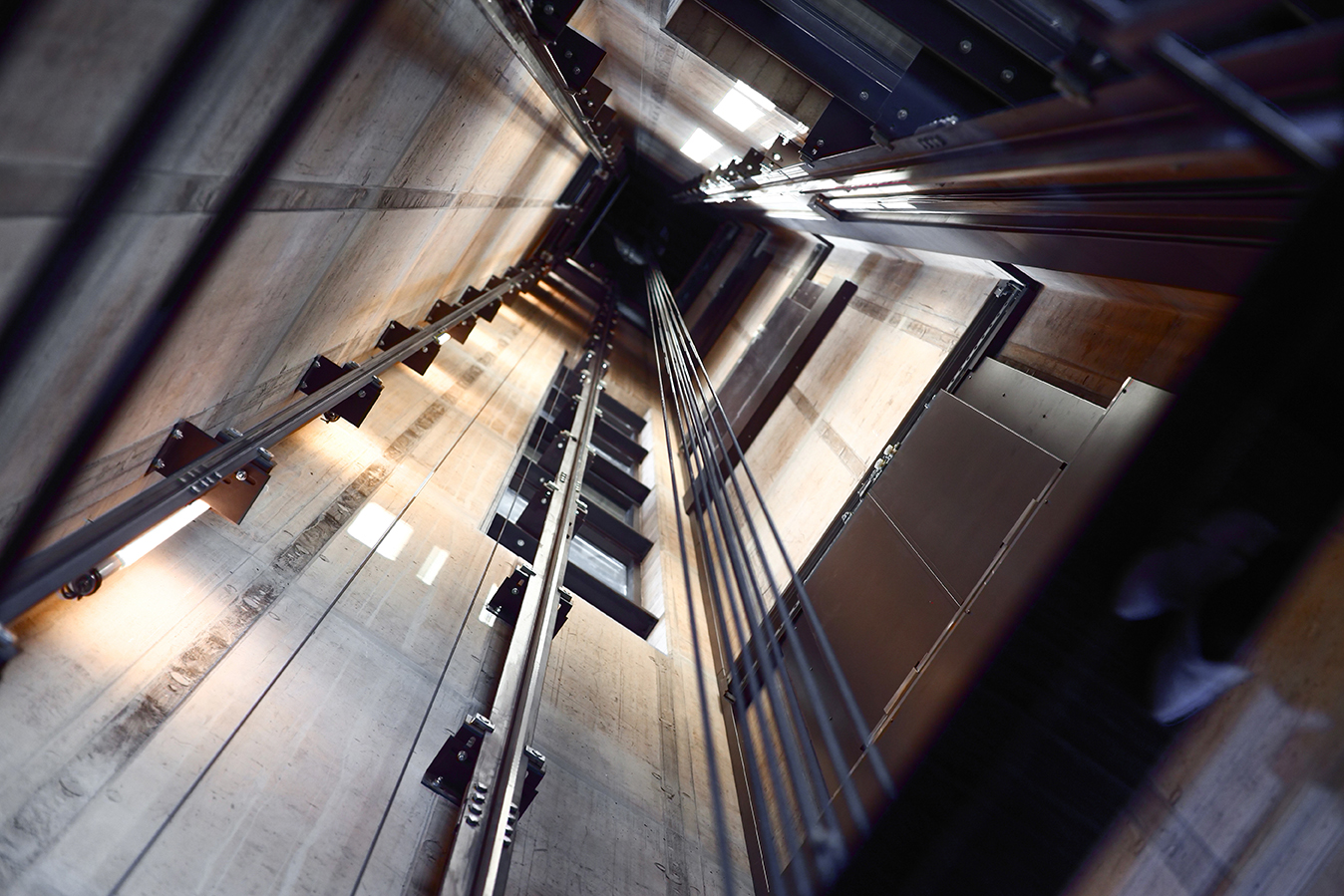Leading Lift Repair Companies Near Me for Trusted Maintenance Services
Leading Lift Repair Companies Near Me for Trusted Maintenance Services
Blog Article
Comprehensive Guide to Lift Solutions and Their Maintenance
Navigating the elaborate globe of elevator systems and their upkeep is a task that requires accuracy and expertise. From the various types of elevator systems in usage to the meticulous adherence to safety and security guidelines, the upkeep of these vertical transport devices is a multifaceted undertaking.
Types of Lift Equipments
The most usual types include hydraulic lifts, grip elevators, machine-room-less lifts, and vacuum cleaner elevators. Hydraulic lifts are ideal for low-rise structures and make use of a hydraulic piston to relocate the lift cars and truck. Machine-room-less lifts are a space-saving alternative as they do not call for a different maker room for the elevator machinery.
Each kind of lift system has its very own advantages and downsides, making it critical for building owners and developers to thoroughly consider their specific demands before choosing one of the most ideal alternative. Elements such as developing height, room accessibility, energy efficiency, and budget plan constraints all play a significant duty in identifying the ideal lift system for a particular structure.
Typical Maintenance Issues
Normal maintenance of elevator systems is important to make sure smooth operation and prolong their lifespan. In spite of regular maintenance, lift systems can still run into usual upkeep concerns that require to be without delay resolved to protect against disturbances in solution. Normal examinations and aggressive upkeep can aid recognize and resolve these usual upkeep concerns before they escalate and impact the overall efficiency of the lift system.
Security Rules and Conformity
Following strict safety regulations and guaranteeing compliance with industry criteria are extremely important for keeping the functional honesty of lift systems. Lifts go through an extensive set of safety regulations to safeguard guests, maintenance personnel, and the basic public. Governing bodies such as the Occupational Safety And Security and Wellness Administration (OSHA) in the United States and the European Lift Organization (ELA) in Europe develop standards that cover different aspects of lift design, setup, maintenance, and procedure.
Compliance with these regulations is not just a legal requirement yet additionally a moral responsibility for structure owners and lift upkeep firms. Normal examinations, maintenance checks, and adherence this link to security methods described in the policies are necessary to ensure the safe and effective operation of elevator systems.
Finest Practices for Upkeep

Building proprietors ought to additionally think about investing in modernization upgrades to boost the effectiveness and safety of their lift systems. By complying with these best more practices, elevator systems can run smoothly and securely, offering reliable upright transport for passengers.

Advanced Technologies for Efficiency
Carrying out innovative technologies in elevator systems can substantially improve functional performance and guest experience. lift repair companies near me. One of the vital advancements in lift innovation is the introduction of location control systems. These systems permit passengers to input their preferred floor before entering the lift, which then guides them to one of the most efficient automobile. By enhancing and reducing unnecessary stops traveling courses, destination control systems lower wait times and blockage in high-traffic buildings.
Additionally, the assimilation of clever sensors and anticipating maintenance capacities has reinvented lift upkeep. These sensors can identify potential concerns prior to they escalate, allowing positive maintenance interventions and decreasing downtime. Furthermore, using regenerative drives and energy-efficient elements aids reduce power usage and operating expenses in elevator systems.
Furthermore, the execution of cloud-based tracking and remote diagnostics permits real-time tracking of elevator efficiency and immediate troubleshooting of any type of breakdowns. This proactive approach not just enhances system reliability yet additionally improves the overall customer experience by guaranteeing uninterrupted and smooth lift procedures.
Conclusion
Finally, comprehending the different kinds of lift systems, typical upkeep problems, safety and security laws, ideal maintenance practices, and progressed modern technologies for efficiency is essential for ensuring the smooth procedure of lifts. By sticking to security guidelines and carrying out finest methods for maintenance, building proprietors can extend the life-span of their lift systems and make certain the safety of passengers. It is necessary to remain updated on the current developments in lift technology to improve efficiency and reliability.
The most common kinds consist of hydraulic lifts, grip lifts, machine-room-less lifts, and vacuum cleaner elevators. Hydraulic elevators are optimal for low-rise buildings and use a hydraulic Source piston to move the lift car. Machine-room-less lifts are a space-saving alternative as they do not require a different machine area for the lift machinery. Regular evaluations and proactive upkeep can aid recognize and solve these typical maintenance issues prior to they intensify and affect the general performance of the lift system.

Report this page